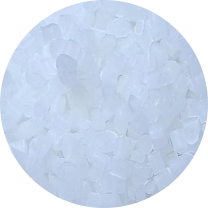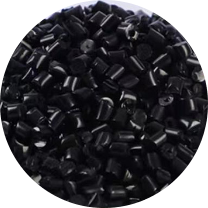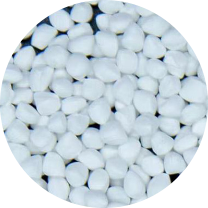How does Meltblown Masterbatch ensure good compatibility with substrates such as polypropylene (PP)?
How does Meltblown Masterbatch ensure good compatibility with substrates such as polypropylene (PP) to achieve uniform dispersion and mixing during the production of meltblown nonwovens?
In the production of meltblown nonwovens, ensuring good compatibility of Meltblown Masterbatch with substrates such as polypropylene (PP) to achieve uniform dispersion and mixing is a key step to ensure product quality and performance. Here are some possible measures and methods:
Material selection and matching:
Choose Meltblown Masterbatch with similar chemical properties and good compatibility with PP substrate.
Consider factors such as particle size distribution and surface energy of Meltblown Masterbatch to ensure that it is easy to mix and disperse with PP substrate.
Process control:
Precisely control the melting temperature and time to ensure that Meltblown Masterbatch and PP substrate can be fully melted and mixed. In the meltblown process, the melting temperature is usually around 240°C (for polypropylene).
The metering pump accurately controls the melt flow output to the nozzle to ensure the accurate ratio of Meltblown Masterbatch and PP substrate.
Equipment optimization:
Use high-quality meltblown equipment, such as the meltblown machine with multiple rows of spinnerets arranged in parallel developed by Biaxfberflm in the United States. Its compact structure and high heat transfer efficiency are conducive to the uniform dispersion of the melt.
The die assembly is a key part of the meltblown production line. Its design and manufacturing accuracy directly affect the uniformity of the meltblown nonwoven fabric. The die assembly with high processing accuracy and reasonable structure should be selected.
Dispersion technology:
During the meltblowing process, the molten polymer is stretched and refined by a high-speed hot air flow, and mixed with the surrounding air at the same time, so that the fiber cools and finally consolidates into short and thin fibers. This process principle itself is conducive to the uniform dispersion of the meltblown masterbatch in the substrate.
Compatibility test:
Compatibility test is carried out before production to verify the compatibility and dispersibility of Meltblown Masterbatch with PP substrate through experiments. This can be done by preparing test samples and observing their microstructure and properties.
Quality Control:
A strict quality control system is established to regularly test and analyze raw materials, semi-finished products and finished products to ensure product consistency and stability.
Through reasonable material selection, process control, equipment optimization, dispersion technology, compatibility testing and quality control, it can ensure that Meltblown Masterbatch and substrates such as polypropylene (PP) achieve good compatibility and uniform dispersion and mixing during the production process of meltblown nonwovens.

NON-WOVEN FABRICS SPUNBOND NONWOVENS CARBON BLACK MASTERBATCH
prevNo previous article
nextHow does Injection White Masterbatch cover impurities or background colors in plastic raw materials?


 English
English 中文简体
中文简体 한국어
한국어 عربى
عربى













